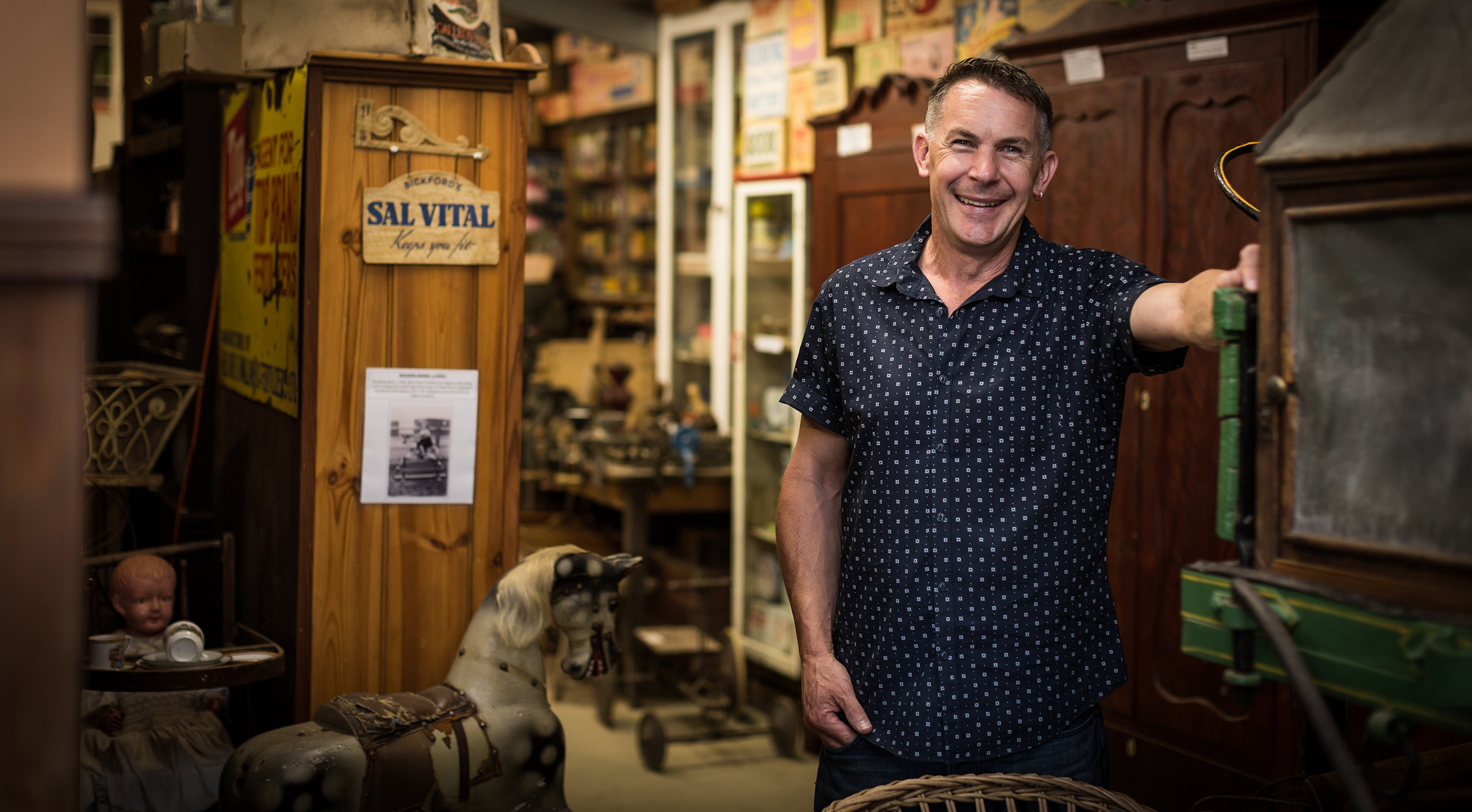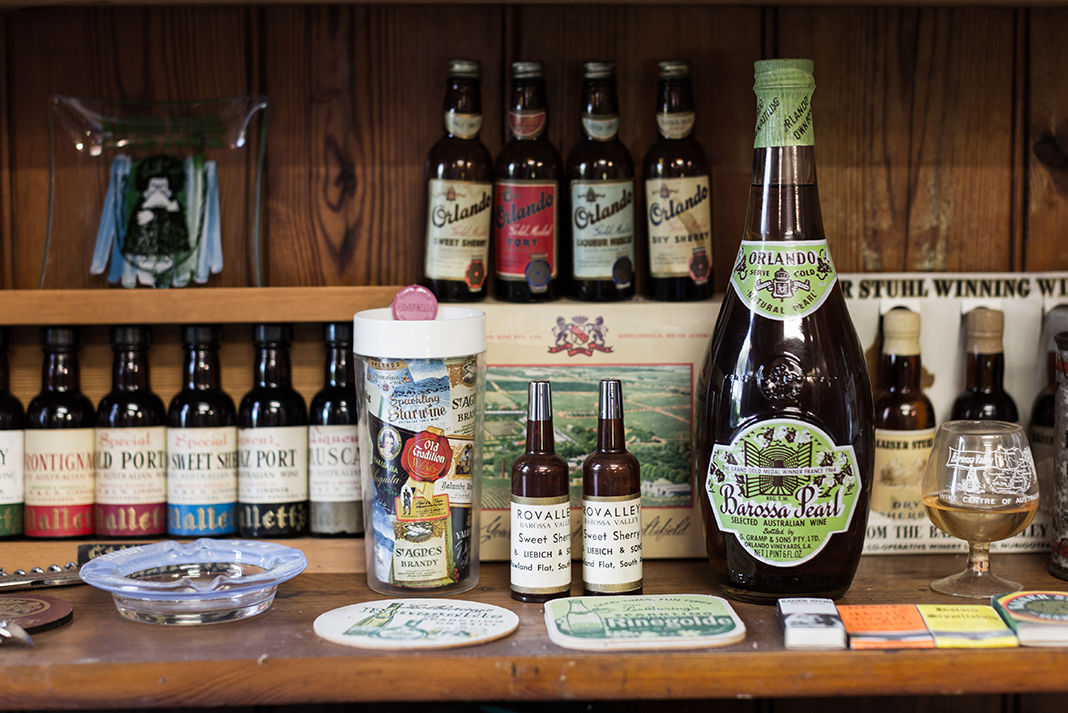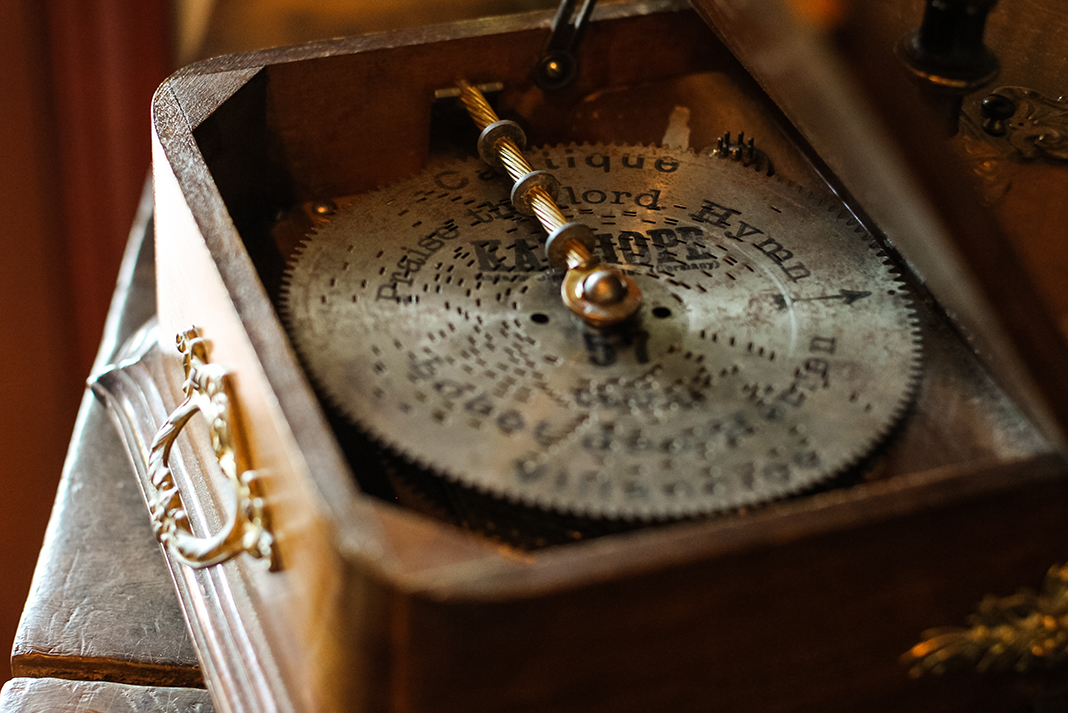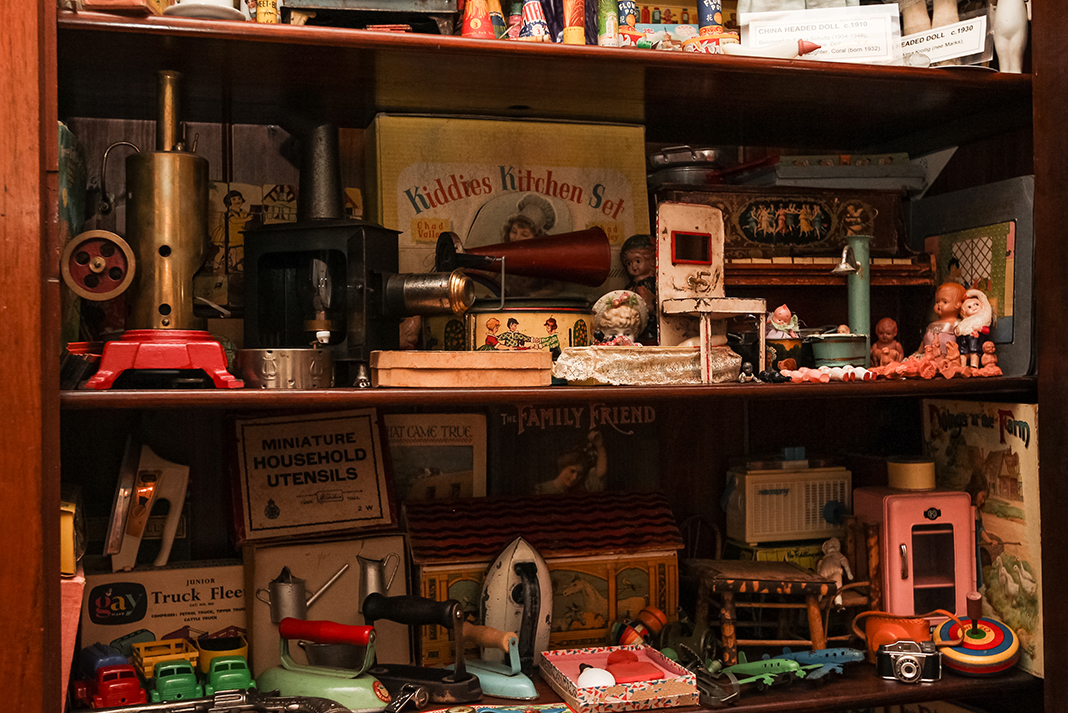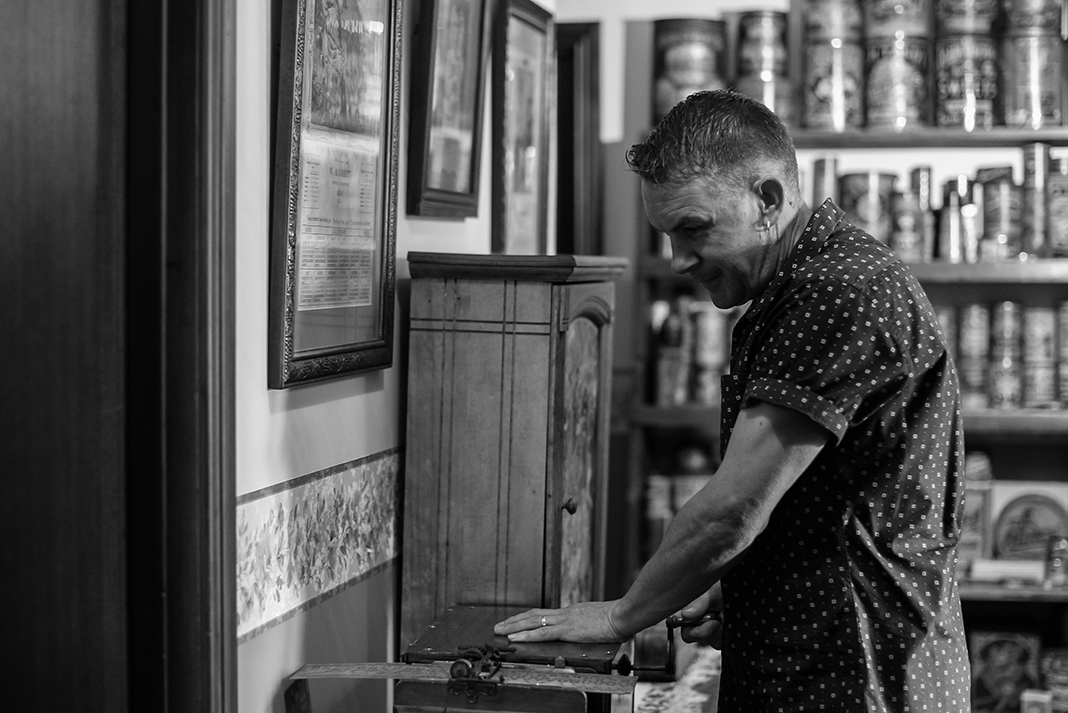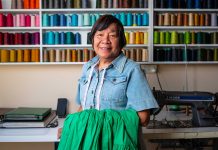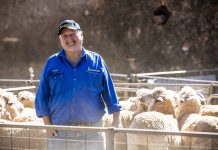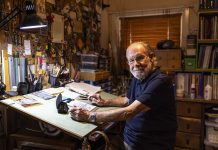Barossa Bygones
It’s not hard to forget the fine details of history: the fashions, interests and passions of what was once so familiar; letters from loved ones, toys and furniture we’ve owned, or even local businesses we’ve seen come and go.
Things surrounding us in everyday life are sometimes so easily overlooked. Even things that are precious can become lost forever.
With that in mind, just imagine the history connected to belongings of Barossa Valley’s community dating back to the German settlers in 1842.
It’s thanks to one man, named Luke Rothe; blessed with the gift of appreciating our heritage that a wonderful collection of our history exists, preserved like a time capsule in the heart of Barossa Valley.
Luke’s passion for all things old began when he was 11 years old, with the thrill of the discovery of an antique coffee grinder in a neighbour’s shed.
Since then Luke has been buying, swapping and inheriting treasures for 40 years to create a unique collection dedicated to Barossa Valley’s history titled, ‘Barossa Bygones.’
At a home, naturally surrounded by vineyards, I’m welcomed by Luke, only too happy to share his treasures.
As we enter the main display, I’m met with an overwhelming presentation of antique cupboards, tools, oil tins and advertisement pieces, from boxes to business signs; each one in pristine condition and with a story which Luke is happy to tell.
His attention to detail is especially outstanding, having placed all things related to advertisement in a way that will strike a chord with its audience.
As we make our way around, Luke reveals themed displays inside each cupboard.
There is one filled with the anodized aluminium and bright colours spanning the 50’s to the 70’s; one full of gentlemen’s smoking and shaving paraphernalia, featuring his great-grandfather’s smoker’s cap and top hat dating 1890; one with vintage cereal boxes, one for women’s collectables and one entirely dedicated to the 1930’s which features a gramophone that was his first auction piece, purchased from the Redeemer Lutheran School auction in 1978.
As I move in further, I recognise labels and tins I had seen as a child inside my grandparents’ house.
At the back there’s a winnower, once used by farmers to separate chaff from wheat and bag it.
There’s a butter churn with its receipt dating 1904, and a cabinet of Appelts drinks that were manufactured in Nuriootpa from 1906 until 1975 and Tanunda Aerated Waters, manufactured from the 60’s to the 80’s.
He has hundreds of old calendars in boxes, a lolly cabinet, with Lifesavers from the 1950’s for one example and even a wagon and a set of crutches used by his grandfather after receiving treatment at the Willows’ Hospital for a broken leg in 1915.
As a basic rule, this collection can include anything appealing from the 1840’s until the 1970’s; thus stopping at the introduction of the barcode.
Cabinet makers that had settled here from Germany in the 1800’s were responsible for creating a unique Barossa style.
They came with knowledge and design, but had no choice but to use the materials our land had to offer.
Luke’s knowledge of these works is extensive and he has a fantastic collection featuring works from Wilhelm Schaedel, Hermann Schaedel, Karl Launer and Barossa-born ‘Glue-pot Graetz.’
These Germanic Barossa furniture pieces are unique in Australia and deserve recognition.
As an example of the depth of Luke’s knowledge, he shows me a railway magazine published in 1911, featuring advertisements of Barossa businesses, including one for R. E. Baird’s General Butcher in Nuriootpa.
In a photo of the shop front, there is a timber bench painted white that Luke was able to track down through knowledge of the owners and later purchase.
In his workshop stands a well-loved wardrobe, which he calls, the Lange wardrobe.
On it, there is German writing, written upside down on the bottom of the door.
Luke explains that, after discovering this piece in Waikerie, he learnt that it was once filled with clothes and other belongings before being strapped up and used by Bertha Lange to migrate here from Silesia, Germany in 1867.
This story is just one of so many Luke has to share.
Being able to share them with people is the reason why Luke prefers to buy privately, direct from families, so that the history of the pieces can be documented.
Luke and his wife, Faye, see themselves as caretakers of everything in their collection.
What’s most important to them is that they have saved thousands of items from destruction and managed to capture the history of these unique pieces.
This is why Luke’s most treasured pieces of history are his ephemera.
These are things that were not designed to last the test of time, like letters, envelopes, packaging, even Angaston show tickets beginning from 1896. It’s amazing what these things can tell us about our history.
Their home is elegantly decorated with examples of their favourite furniture pieces and folders of Luke’s treasured ephemera.
He shows me a photograph of himself at age 21 in an old newspaper article, from The Leader written by Tony Robinson, now editor, with the heading, ‘If it’s old, Luke collects it.’
Luke happens to own a complete recount of his great-grandfather’s life, who had placed receipts for every purchase he ever made on wire spikes that were later hung inside his shed.
These were later collected by Luke, and are now preserved like all ephemera, safely inside plastic sleeved folders.
This is an amazing collection, well worth a visit from anyone with an interest in Barossa Valley’s history.
By no means is the collection completed.
Luke and his wife are still buying, swapping and selling to upgrade the collection with better examples.
Luke and Faye are thankful to anyone who has helped them, by sharing their knowledge, or parting with their old wares, even though some are more willing to part with their ‘treasures’ than others.
Although a private collection, the Barossa Bygones collection is open to the public every two years, during the Barossa Vintage Festival, as a way of giving back to the community; giving proceeds to Lutheran Community Care.
For full details, visit the Barossa Vintage Festival website or inside in the programme.
♦♦♦



